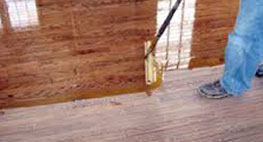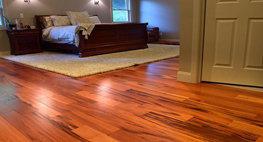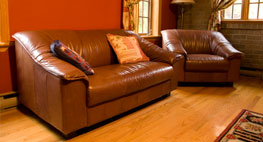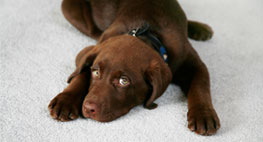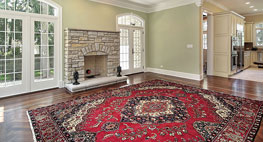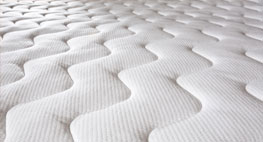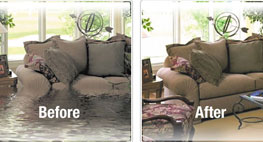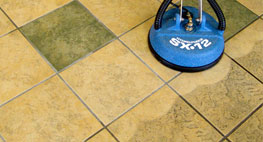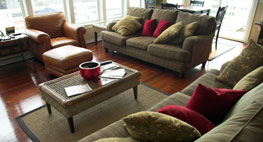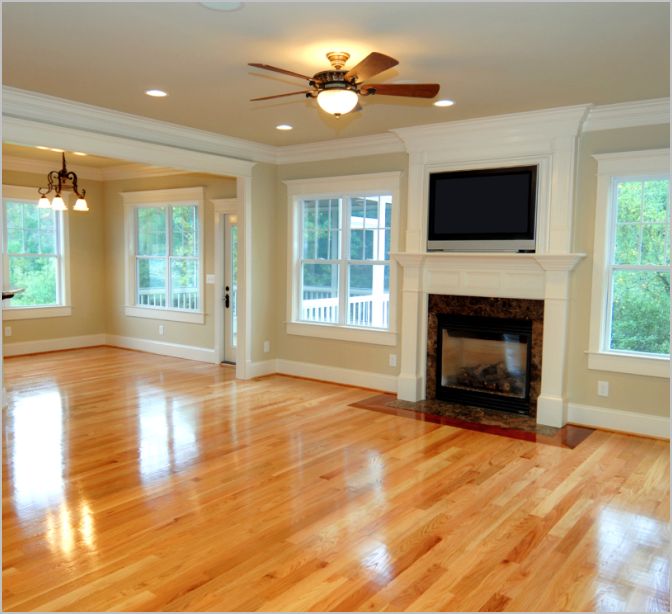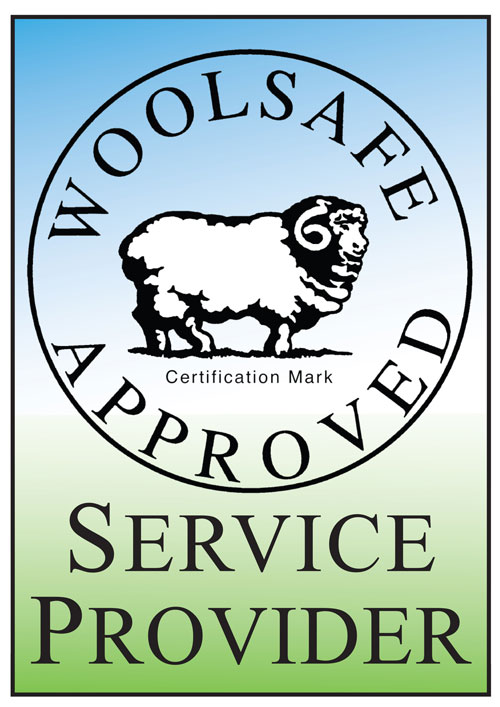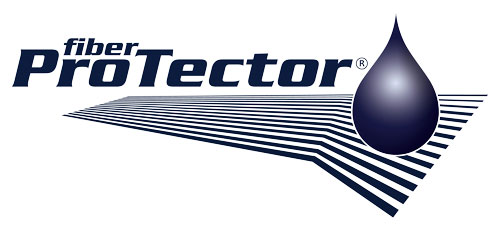The first time a rug installer comes to your door, the only tools he should have are a pencil, a pad of paper and a tape measure. A pro is trained to see things that a homeowner wouldn’t, such as traffic patterns and incoming light, and he can suggest the best places to hide seams. A pro measurer can prevent waste.
The floor plan of the installation should be included in your contract. Pay attention to the location of the seams. Few seams are invisible, but they can sometimes be positioned under furniture, or out of major traffic patterns.
While inspecting the floor plan, ask how the installers will do the job. In order to tell the difference between a good installer and a mediocre one, you need to ask about installation details.
For instance, discuss how stairs will be carpeted. With a cap-and-band treatment, the carpet is tacked under each thread. In the waterfall approach, the carpet flows over the tread and onto the next step. The waterfall is a more modern look and works well with smaller patterns, but most people prefer cap-and-band because it looks more traditional. Exposed edges are typically turned under and tacked in place, but if you have a short, tight pile, or want a more finished look, the edge should be bound. Most installers will bind edges at their shop.
In most case, the installers are responsible for moving furniture and removing any existing carpet. The only things they usually don’t move are antiques or delicate items, like crystal or china.
Also ask about removal of the old carpet. If there’s an extra charge for this, you might be able to cut about $2 per square yard off the bill by doing this part yourself.
Once the old carpet has been removed, the carpet surgeon installs tack strips, also called tackless, around the perimeter of the room. Tackless should be nailed in place about a 1/2 in. away from the baseboard so that the edges of the carpet can be tucked under the molding. Ask what type of tackless is best for your particular carpet. For most installations, a 1-in.-wide strip is sufficient, but some heavy woven and berber-type carpets require extra support. Some installers often install two strips of tackless side by side to secure woven wool carpets. The extra strip ensures the carpet won’t shift later on.
Good installers use a special trimmer rather than a utility knife. The protected edge of the tool runs along the wall as the blade slices the fabric. Utility knives, tend to damage floors and baseboard molding.
While installers once used kneekickers for the entire installation, rooms should be power-stretched. A power stretcher, which can be expanded to span a room, allows greater leverage. And that means less buckling later on. With large rooms, a few seams are inevitable. By making sure the pile runs in the same direction, a good surgeon can make them almost invisible.
Combining a good carpet with the right pad and having it installed by a knowledgeable and careful pro will help you enjoy years of attractive comfort.




